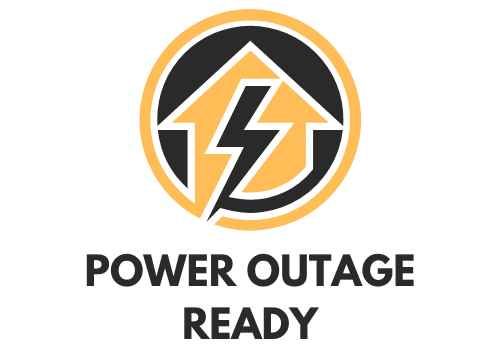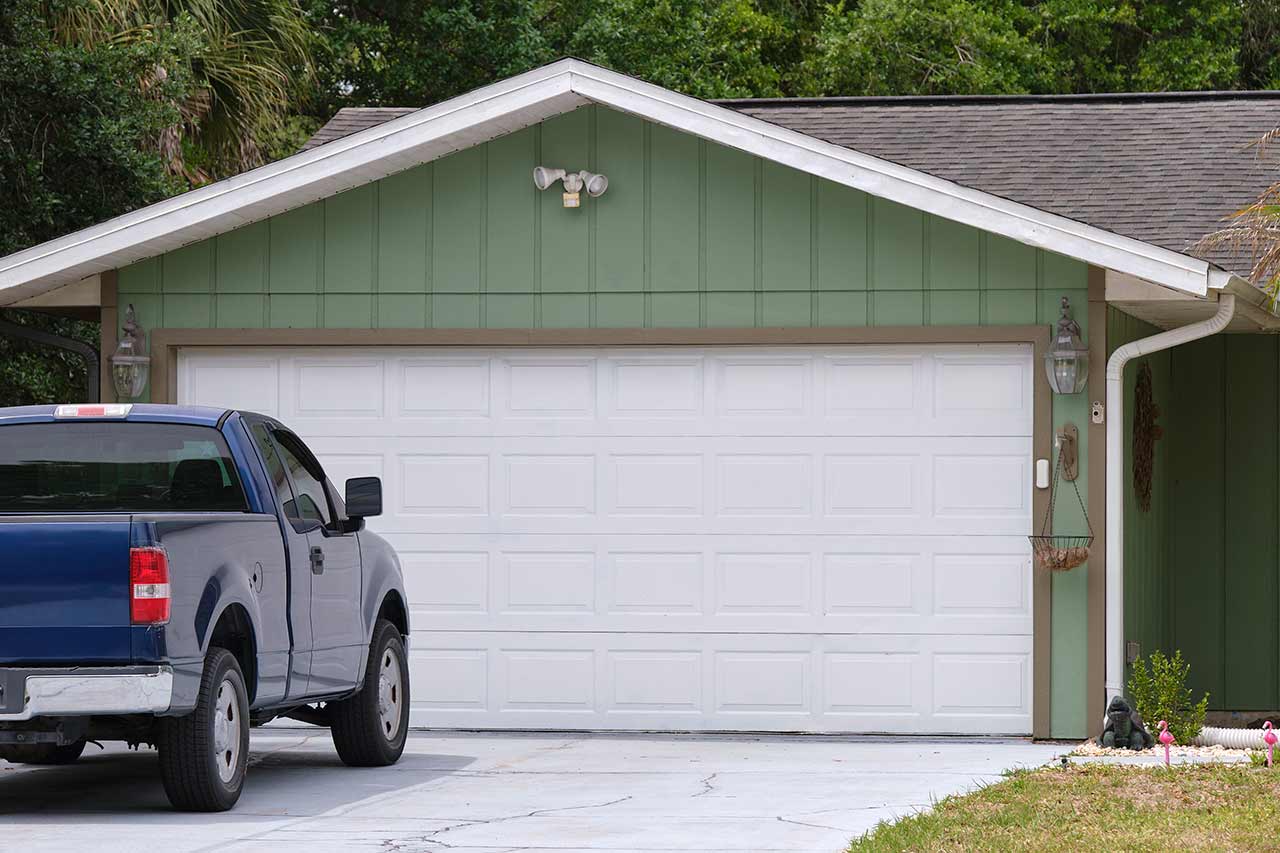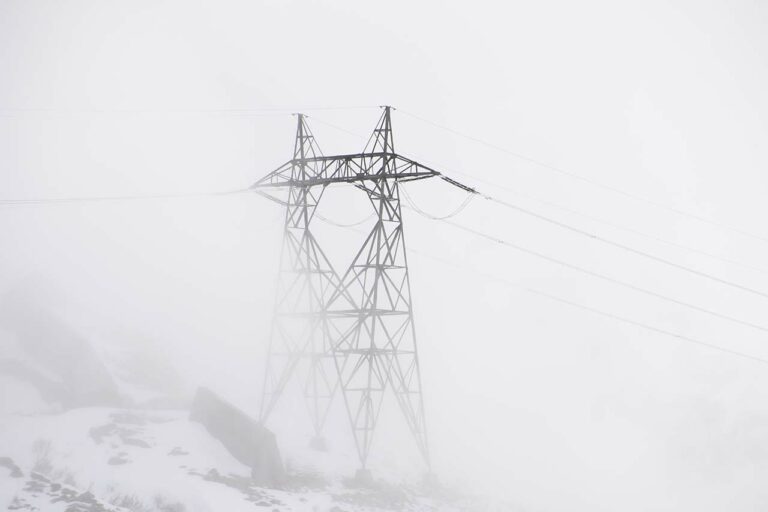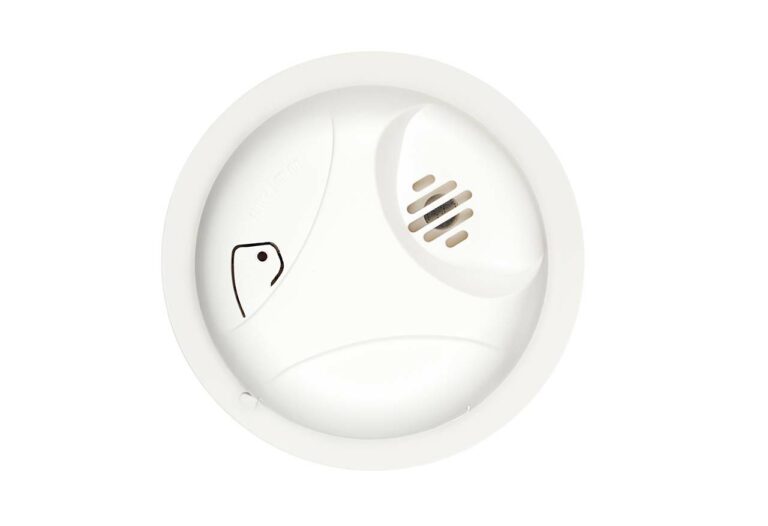How To Open A Garage Door When The Power Is Out (Step-by-Step Guide)
Imagine you come home after a long day, and there’s a power outage – just your luck, right? But hey, it’s not the end of the world, and you’ll still need to get your car inside that garage. The good news is, it’s not that hard.
With a few simple steps, you can regain control of your garage door and get it open without any hassle. Knowing these handy tricks will not only make life easier during power outages but also ensure that you’re prepared for any emergencies that might come your way. So let’s dive right in and explore the process of opening your garage door without power.
Types of Garage Door Openers
There are several types of garage door openers, each with its own set of features. Knowing which type you have can help you open your garage door during a power outage.
- Trolley Operators: These are the most common garage door openers found in homes. Trolley openers use a motorized device attached to a rail or chain to move the garage door up and down. In case of a power outage, you can use the emergency release kit to disconnect the trolley from the motor and operate the door manually.
- Automatic Garage Door Openers: These openers are similar to trolley operators but come with advanced features like smartphone integration, timer-to-close, and more. When the power goes out, you can disconnect these openers using the emergency release kit and open the door manually like a trolley operator.
- Electric Garage Door Openers: These openers refer to any type of garage door opener that relies on electricity to function. It can include trolley operators, automatic garage door openers, and others. When the power is out, you’ll need to use an emergency release kit or a manual method to open the door.
Learning how to open your garage door during a power outage is essential because accidents and emergencies don’t wait for the electricity to come back on. Familiarize yourself with your garage door opener type and its emergency release method so you’ll be prepared when the power goes out.
Preparing for Power Outages
You never know when a power outage might hit, so it’s best to be ready for that kind of emergency, especially when it comes to your garage door. First and foremost, make sure you’ve got some essentials on hand, like a flashlight or an LED headlamp. The last thing you need during a blackout is a safety hazard or damage to your home because you can’t see what you’re doing.
Now, let’s talk about the main event: opening your garage door from the inside and outside during a power outage.
Inside: Locating and Using the Emergency Release Cord
When the power’s out, and you need to open your garage door manually, the emergency release cord is your best friend. The first step is to locate it. You’ll usually find it hanging from the track of your garage door opener, with a red plastic handle at the end.
If you need to open your door without power, give that emergency cord a good pull – straight down – until you hear a clicking sound. That click means the garage door is now disconnected from the opener, and you’re ready to operate it manually.
Next, unlock your garage door, if it has a lock, and start lifting it with your hands. Be careful not to strain yourself, and make sure to keep the door balanced as you guide it upwards. (Two people can be good for this.) Once the door’s fully open, double-check that it stays in place. You can unplug your door opener to prevent any accidents.
Closing From the Inside
In case you need to close the garage door manually, simply guide it back down and reconnect the emergency release cord by pulling it down again until it clicks back into place. This can take some maneuvering to get the direction just right, so you may have to play around with it. If you keep your garage door locked, remember to lock the door and plug your opener back in when you’re done.
Manually Opening the Garage Door From Inside Step-by-Step
As explained above, if your garage door has an emergency release handle, it’s your go-to for getting the door open when the power’s out. So, make sure everyone in your household knows where it is and how to use it. Nine garage doors out of ten will have one of these, so here’s a simple rundown of the steps to use it:
- Unplug the garage door opener. It may sound odd since the power’s already out, but this will prevent the motor from engaging if the power comes back on unexpectedly. This little step can save you major headaches down the road, as it prevents damage to the assembly and makes it easier to reconnect later. It’s also a good idea for safety.
- Find the emergency release cord. This is usually a red cord hanging from the trolley connected to the door. Give it a good yank to disconnect the door from the opener, essentially putting the door into manual mode.
- Lift the garage door. Grab onto the bottom part of the door firmly, and lift it straight up all the way until it stops moving. Make sure it stays in place before letting go and getting your car out of the garage. If the door feels heavy, get someone to help you if possible.
- Close the door manually by pulling it down slowly and securely. Check the door is fully locked in place, just to be on the safe side.
Don’t forget to reconnect the garage door opener by plugging it back in and attaching the trolley to the door when the outage is over. This will let you go back to using your automatic garage door opener normally.
Outside: Locating and Using the External Release Mechanism
When you’re faced with a power outage and find yourself on the outside of your garage, the external release mechanism is your primary access point. It’s typically integrated into modern garage doors to allow homeowners a manual entry option from the outside.
Start by locating the keyhole or lock, which might be near the handle or the center of the door. With the key in hand, insert it into the lock and turn. For some systems, this action may require removing the lock tumbler, revealing a T-handle or a cable underneath.
Once unlocked, the next step is to pull the T-handle or cable. This action disconnects the garage door from the automatic opener, allowing for manual operation.
With the door in manual mode, grip the handle or the bottom of the door and start lifting upwards. It’s good practice to lift evenly, ensuring the door remains balanced. If your garage door is on the heavier side, having a second person can make the lifting process more manageable. When fully raised, always double-check that the door remains securely in its place.
Closing From the Outside
Closing the garage door manually from the outside is a relatively straightforward process. Begin by guiding the door down gently, ensuring it descends uniformly. Once the door is fully shut, it’s essential to re-engage the lock. If you removed a lock tumbler earlier, make sure to return it to its slot, then turn the key to secure the door. This ensures added security, preventing any unauthorized access from the outside.
Manually Opening the Garage Door From Outside Step-by-Step
As explained above, your garage door will most likely have an external release mechanism for getting the door open when the power’s out. Here’s a simple rundown of the steps to use it:
- Use the key to unlock the external release mechanism. If necessary, remove the lock tumbler to access the T-handle or cable beneath.
- Disengage the opener by pulling the T-handle or the cable, setting the door into manual mode.
- Firmly grip the door and lift upwards. If the door is heavy, get assistance. Ensure the door stays in its position once fully open.
- Close the door manually by pulling the door down slowly, ensuring it’s secure. Re-engage the trolley mechanism by returning the handle or cable to its original position and lock the door for added security.
Once the power is restored, and you’re inside the garage, make sure to check that the door is reconnected to the opener correctly. Testing the automatic function will ensure it’s ready for regular use.
Reconnecting the Garage Door Opener Post Power Outage
So, you managed to manually open your garage door during a power outage using the emergency release cord or external release mechanism. The next thing to know is how to reconnect the garage door opener to get everything back to its automatic functioning state.
First, make sure the door is fully closed and secure.
Second, make sure the garage door opener is plugged back in.
Third, press the button on your remote or the wall control to operate the garage door opener. The opener’s motor should start running, and the trolley should move along the rail.
Keep an eye on the trolley. As it moves, it should reconnect with the arm on the garage door automatically. You’ll know it’s reconnected when you see the garage door opener lifting the door smoothly and without any issues. If it doesn’t reconnect automatically, you might have to give it a little help.
To manually reconnect the arm on the garage door to the trolley of the garage door opener, pull the emergency release cord towards the garage door until you hear a click. This action should engage the arm back into the trolley. (It can take some maneuvering to get the direction just right.)
After that, give the opener button another go and see if the door is now opening and closing as it should.







